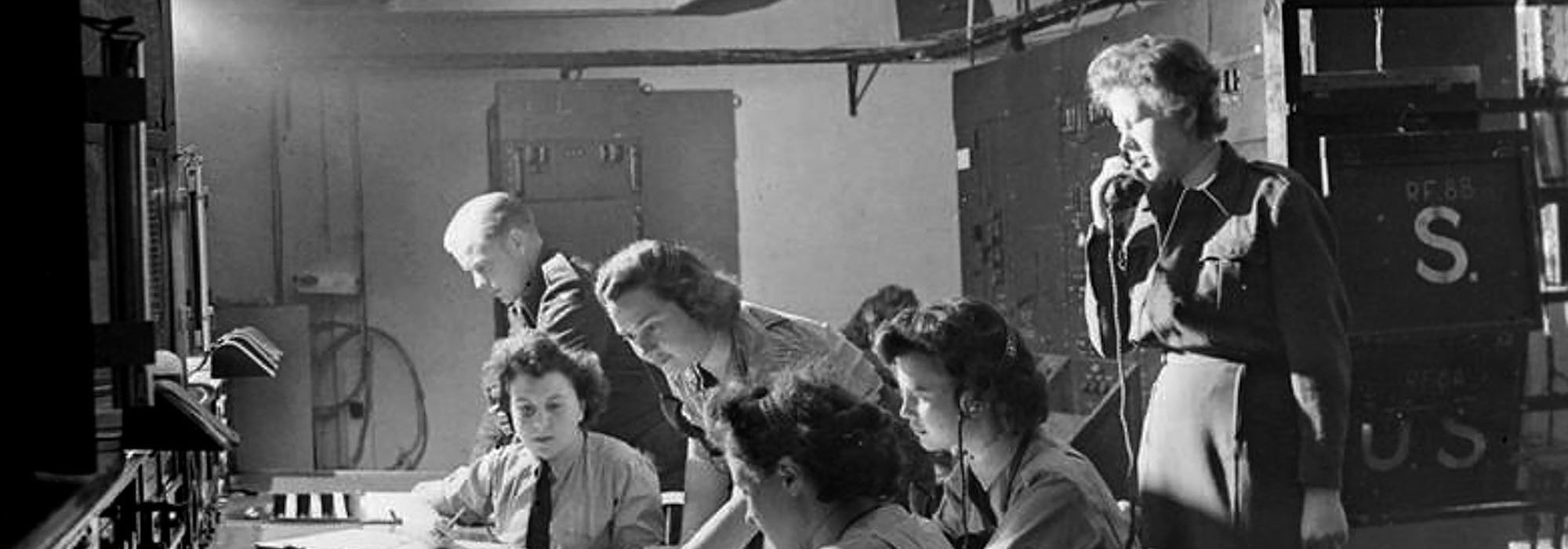The Battle for the Soul of JADC2
May 3, 2021
May 03, 2021
The Battle for the Soul of JADC2

In the summer of 1940, in the months after Nazi Germany had conquered France, Adolf Hitler was set on invading the United Kingdom. He began with an air offensive, and Germany had the clear advantage in numbers: Against the Royal Air Force’s 446 fighters, Germany amassed 3,500 combat aircraft to send across the English Channel. In a war of attrition, the odds were clearly stacked against the RAF.
As the battle began, RAF losses mounted quickly. From Aug. 8 to Aug. 18, the RAF lost 154 pilots and even more airplanes; it had just 63 green pilots to backfill as further losses mounted. The Royal Air Force appeared to possess too few fighters and too few pilots to take on a superior German force.
But the Royal Air Force had a secret weapon to make up for its aviation shortfall. Radar stations along the southeastern British coastline detected German bomber formations as they crossed the English Channel. They alerted information fusion centers, which would interpret the data, combine it with additional reports from ground observers, and map the German formation positions on a plotting board before ordering specific Royal Air Force fighter units to take to the sky. Once aloft, British aircraft could readily distinguish friend from foe, thanks to on board transponders that enabled controllers to vector those aircraft with real-time positions for the German bombers. Thus, despite overwhelming odds, the RAF prevailed.
Three factors proved essential: a robust sensor network of radar and observers; a voice communications network; and a highly integrated C2 [command and control] enterprise in which trained personnel gathered sensor inputs, fused the data, and communicated actionable information to fighter pilots. In short, information, connectivity, and C2 saved England when the chips were down.